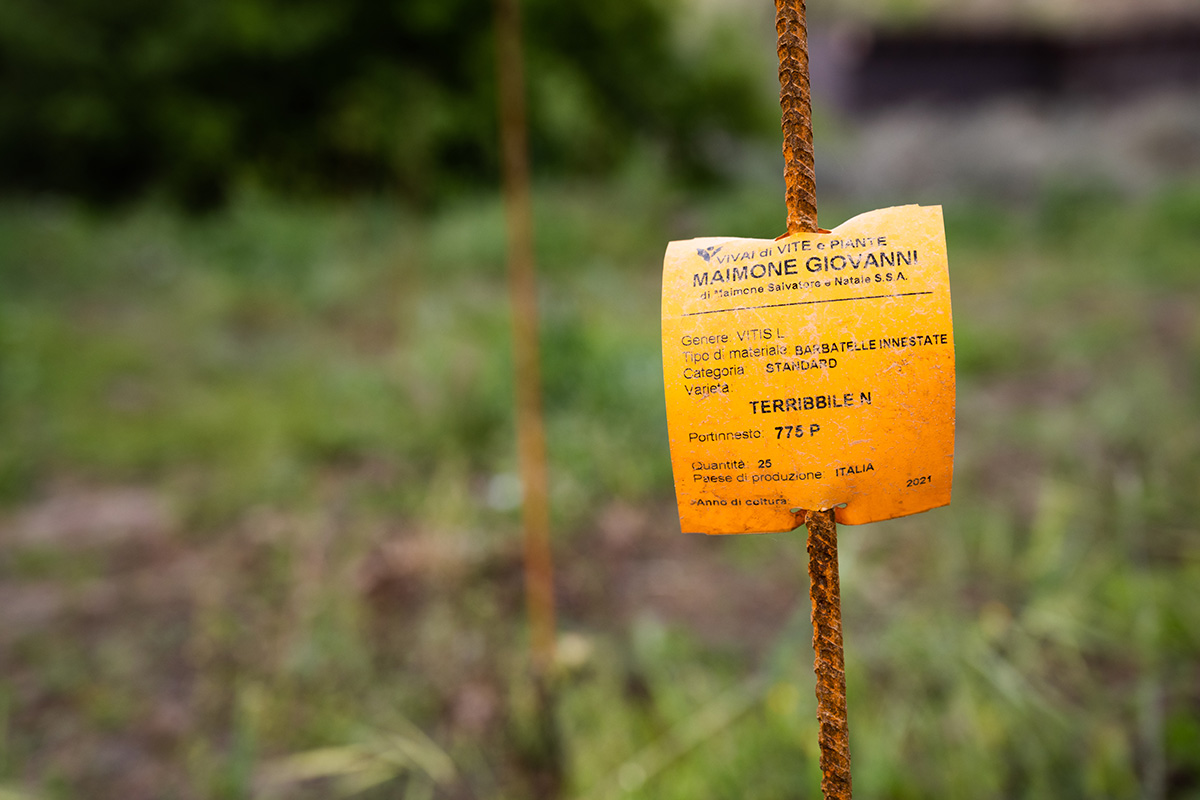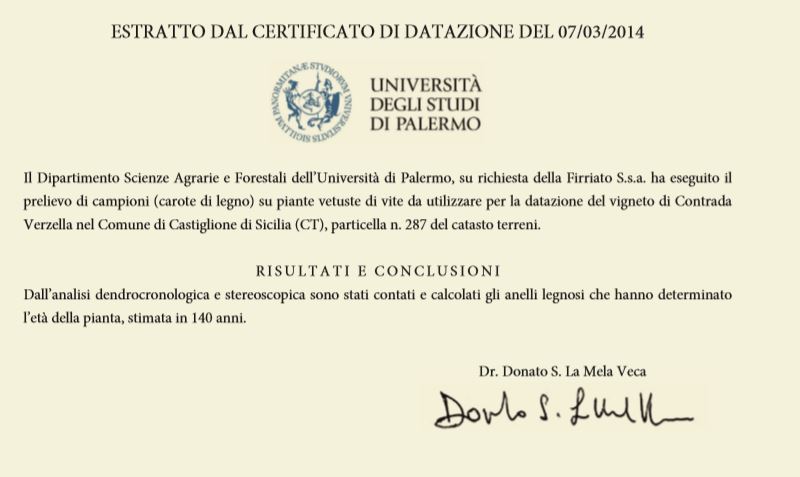THE PREPHYLLOXERA VINEYARD
HISTORY AND INFLUENCE OF PHYLLOXERA ON THE ETNA VOLCANO
The history of European viticulture in general and, in Italy, in particular has come, in the second part of the ‘800 to a catastrophic event. This event marked a temporal divide on the way we have today to perceive and experience modern viticulture and enology: phylloxera destroyed a large part of European vineyards, with the loss of a large part of viticultural biodiversity and the destruction of entire production areas . These facts triggered the first and imposing restructuring of the European vineyard. Phylloxera is a parasitic insect that was introduced in Europe through the exchange of exotic plant species used to enrich the floristic collections of European Botanical Gardens. Among these species the “American vine” was also imported. The origin of the insect in Europe is linked, therefore, to the trade that took place more and more frequently with the New World.
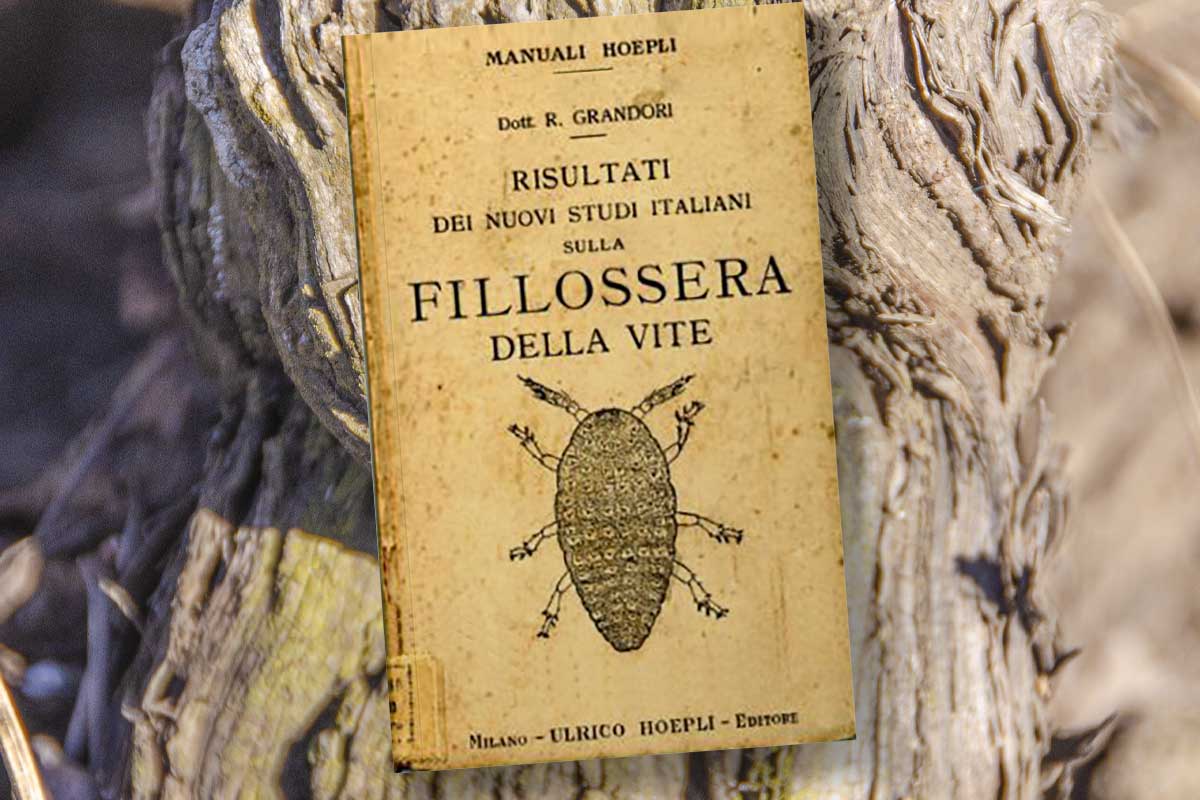
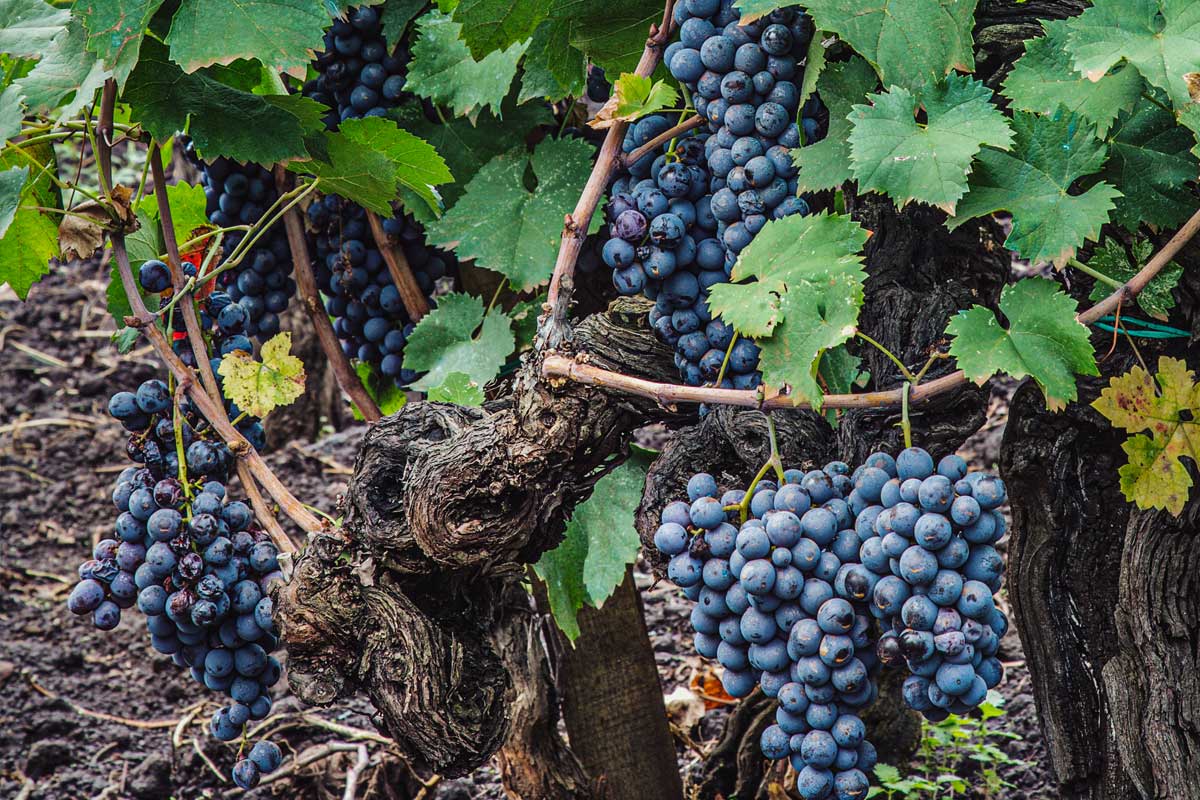
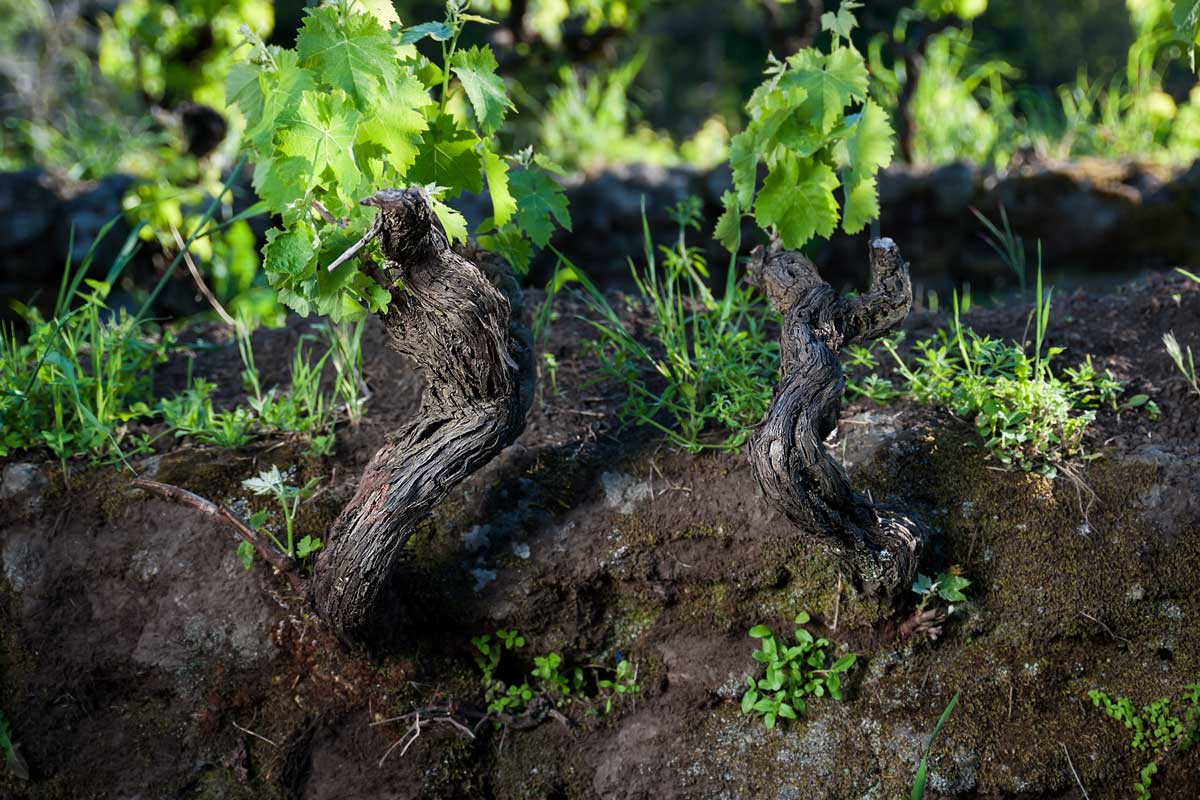
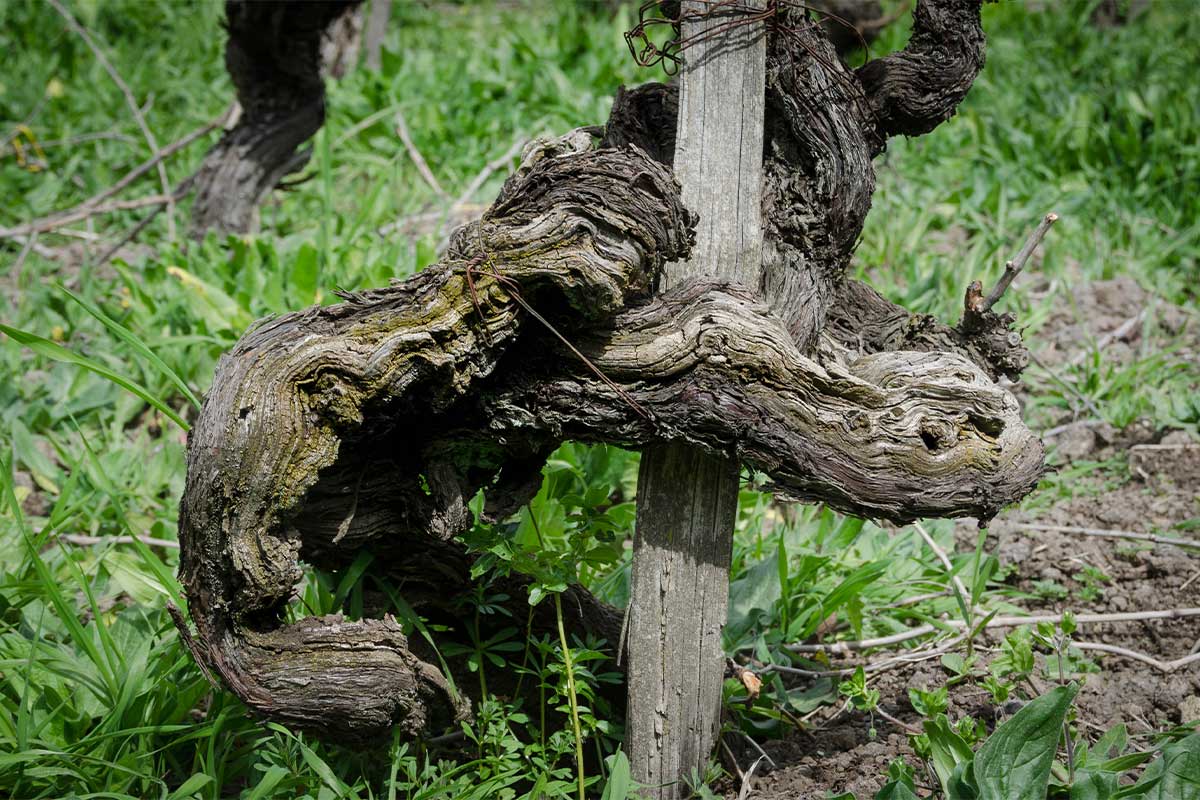
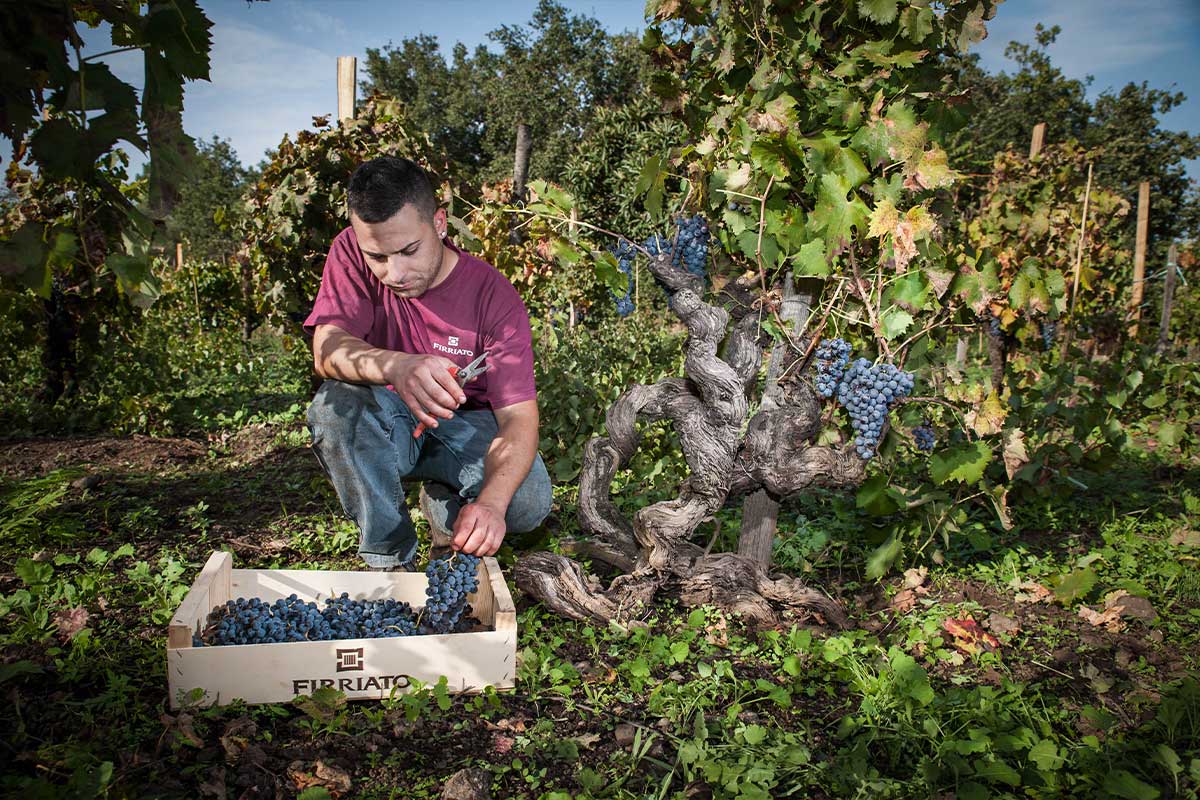
DISCOVERY AND ENHANCEMENT OF THE PRE-PHYLLOXERA VINEYARD
Firriato was one of the first great Sicilian brands to arrive on Etna to deal with high mountain viticulture in the early 90s, producing its first vintage of Etna Rosso DOC in 1994. In 2007, Firriato, in his exploration of the volcano, it acquires some further particles of vineyards located in the Verzella district, at an altitude starting from 650 meters above sea level. A vineyard has been identified Within these parcels, in particularly old conditions, of about 2.5 hectares. Along the profile of the sciara, extends the oldest part of this “vineyard of wonders”, with extraordinary plants for: shape, size and life force. They are distinguished from all others by the formation of the trunk, often evolved into concentric circles, coils and twisted branches.
SURVIVED TO THE PHYLLOXERA
At the Cavanera Etna estate, the dried lava flows where the vineyards grow, are among the oldest in all of Etna. The pedogenetic, erosive, anthropological and geological processes underlying this particular area of the Etna area have favored the pulverization of the soil, turning it into a very fine sand. The resulting graininess of the door carrier behaves pedologically as “sand”. The consequence of all this does not favor the adaptation of phylloxera and consequently renders the vine immune from the radical attack. In a complementary way, the mesoclimatic conditions and the altimetric and temperature variables, which on Etna differ from sub-zone to sub-area (it is not wrong but I would have written areal), affect the presence of phylloxera on Etna territory.


``THE ATTESTATED PREPHYLLOXERA`` VINEYARD
After the microvinifications designed to understand and enhance the potential of the vineyard, an important step, carried out in 2013, was to call the major research institutes to proceed with analyzes aimed at verifying and certifying what seemed to be evident from a first analysis: a free-standing vineyard of high advanced middle age, planted before the arrival of phylloxera on the volcano, with the sure presence of plants which, due to ampelography, seem to differ from the vines known today. The step was to subject the vineyard to a dendrological, dendrochronological and ampelographic analysis in order to have the scientific certainty of what was found inside the prefillossera vineyard.
RARE VINES, UNKNOWN AND HYBRID GENOTYPES: THE HISTORY OF ETNEA VITICULTURE
A further line of analysis, conducted mainly by the CNR, was that of the reconstruction of the genome, with two main aims: the first is to understand whether the DNA of the most widespread vine in this vineyard, namely the Nerello Mascalese, could represent a different clone compared to those known with genome variations. The second is to understand if some of the plants, resulting in shape, trunk size, shoots, bunches, berries and leaves different from what is already known and therefore of interest, represent or not different varieties from those known. Conducting, over several years, meticulous analyzes, it was possible to make a comparison between the DNA of these centuries-old specimens and that of the “modern” Nerello Mascalese currently present on Etna.
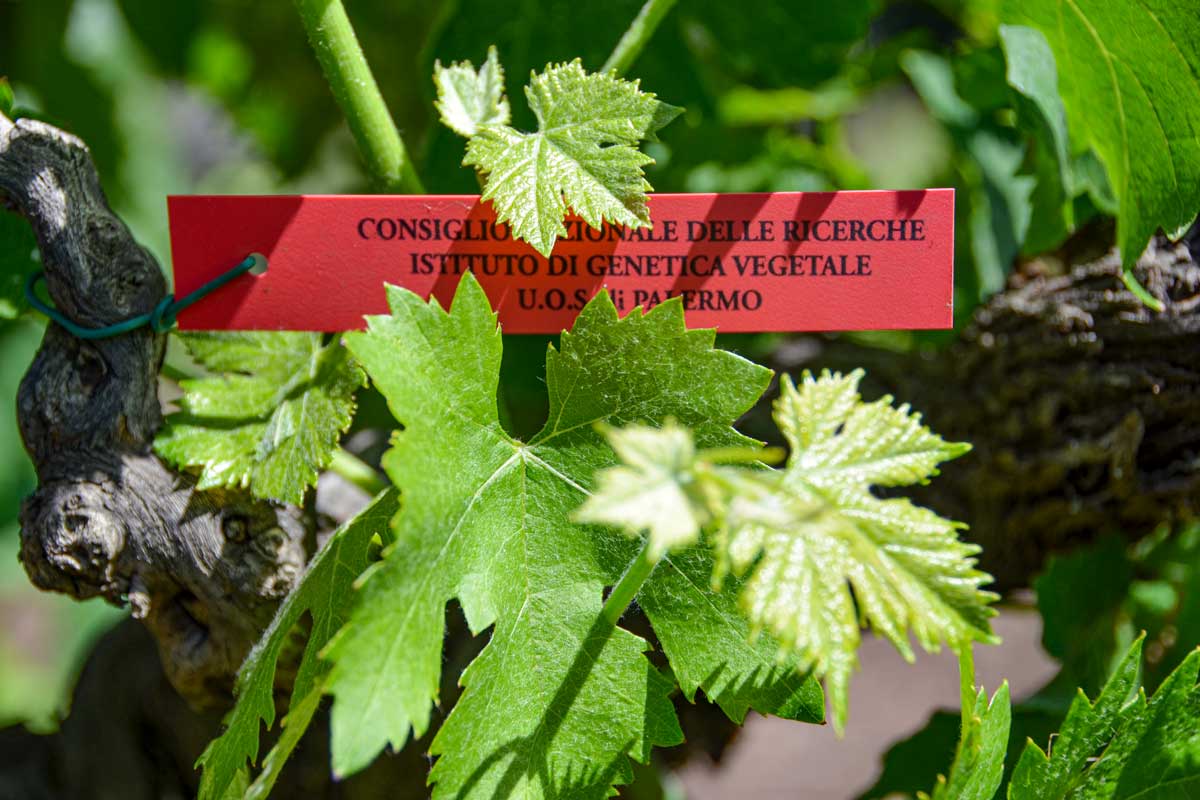
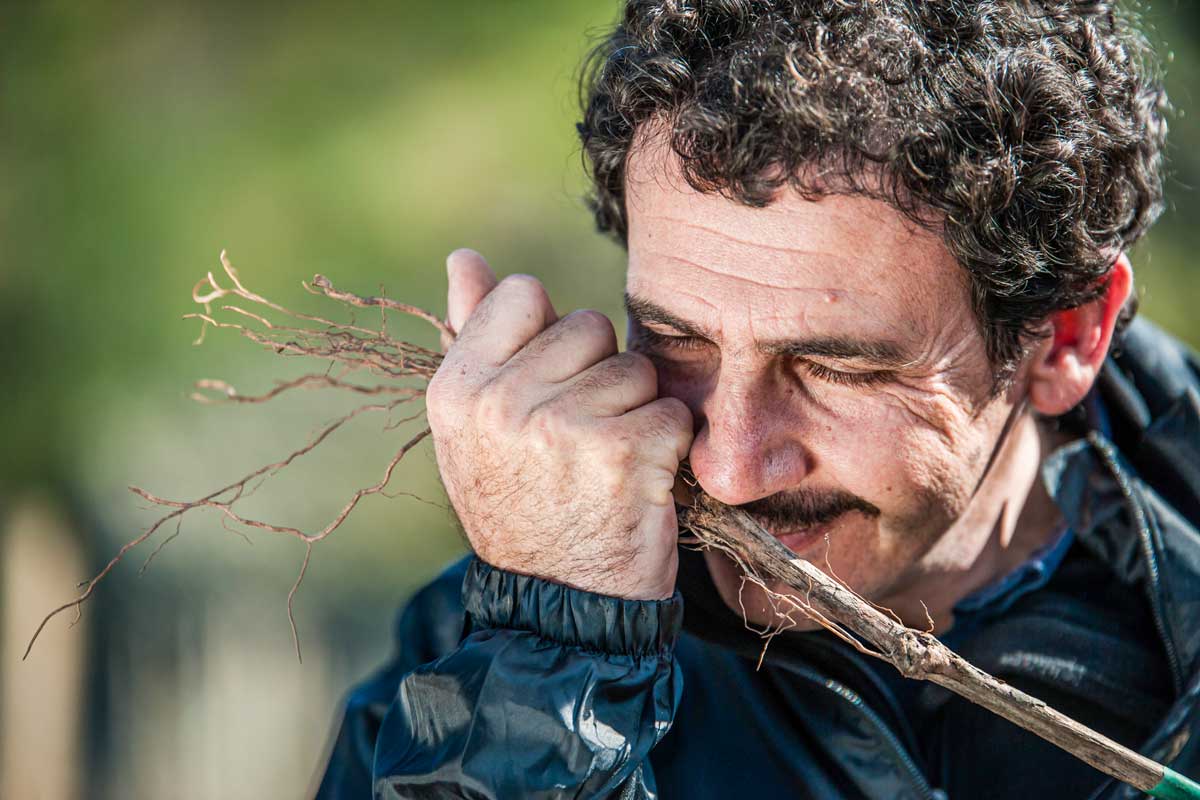
VALORISATION AND HISTORICAL CONTINUITY
Firriato has long undertaken another ambitious project to protect the preservation of this historical treasure of Etna botany: to preserve the germplasm, the DNA of these plants, but above all the individual “individual vine” in order to guarantee the genetic continuity of the vineyard. The development process of the new specimens is carried out in potted offshoots. In this way, from the oldest vines, new plants are generated, which bring with them the genetic, anthropological and historical heritage of this vineyard. Once developed, these plants are intended for replacement of any failures to guarantee this historical and wine heritage is not likely to become extinct.
THE EXPERIMENTAL FIELD OF THE PRE FILLOSSERA VINEYARD
With the aim of deepening the study of the relic varieties from the unknown genomes identified in the pre-phylloxera vineyard, Firriato has recently reserved a small fee for the start-up of an experimental field, where about one hundred individuals that include the unknown genotypes subject to research, other plants of an interesting ampelographic character and of considerable historical and scientific value. The aim of this activity is to reach a minimum number of plants that can ensure an adequate study sample and start the enhancement activities through micro-vinifications, to deepen studies on the health characteristics and plant adaptability.
